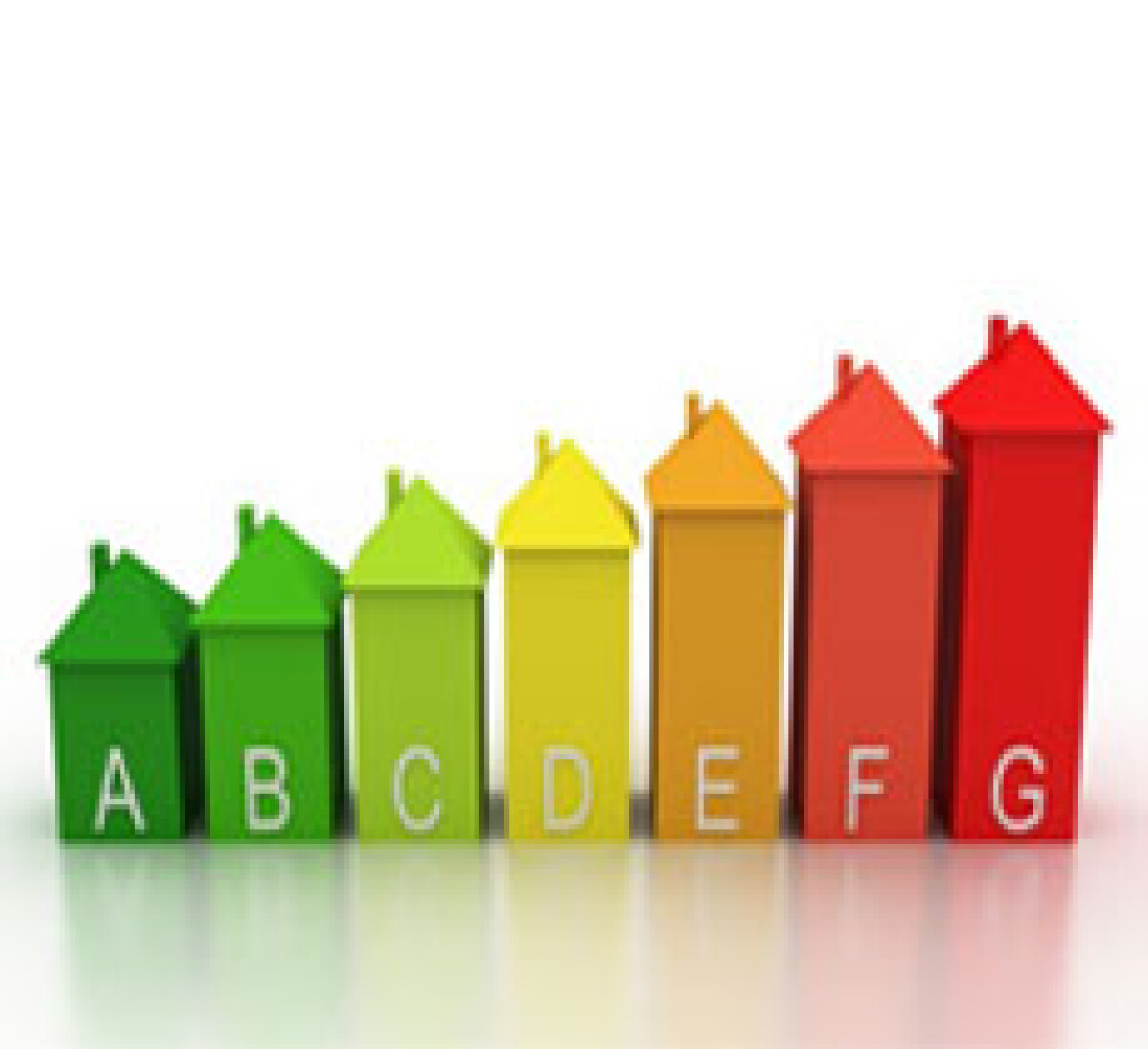UNI TS 11300 - Technical Standards Reference on savings and energy certification of buildings

The UNI TS 11300 norm was founded with the objective of defining a single method of calculation for determining energy performance of buildings and is divided into four parts:
• determination of thermal energy demand of the building for climatization in summer and winter;
• determination of primary energy requirements and yields for winter heating and domestic hot water production;
• determination of primary energy requirements and yields for summer air conditioning;
• use of renewable energies and other methods of generation for space heating and domestic hot water preparation (elaboration phase).
The first three points are all under review and the Italian Heat Committee (CTI) to explain what the new legislation organized the conference "Energy certification of buildings: evolution of UNI TS 11300 and dedicated software" held during last Made Expo.
The revision of Part 1 and 2 provides for the introduction of a shared definition of energy services and more realistic discussion of ventilation or occupation rates of the buildings in order to have a better classification of buildings. The draft revision of Part 3 has entered instead preliminary investigation of the normative document providing for an adjustment going to review some aspects of the calculation methodology.
Another topic covered during the conference was that the tools used for certification since Italy, unlike other countries that have opted for a single software, it was decided to use multiple programs provided they were certified.
The certification process has been given to the CTI and Roberto Nidasio from CTI Central Office explained what are the criteria used to grant certification, such as case studies or sample buildings coming up to today 24 certify software, dedicated exclusively for the first two parts of 11300.


